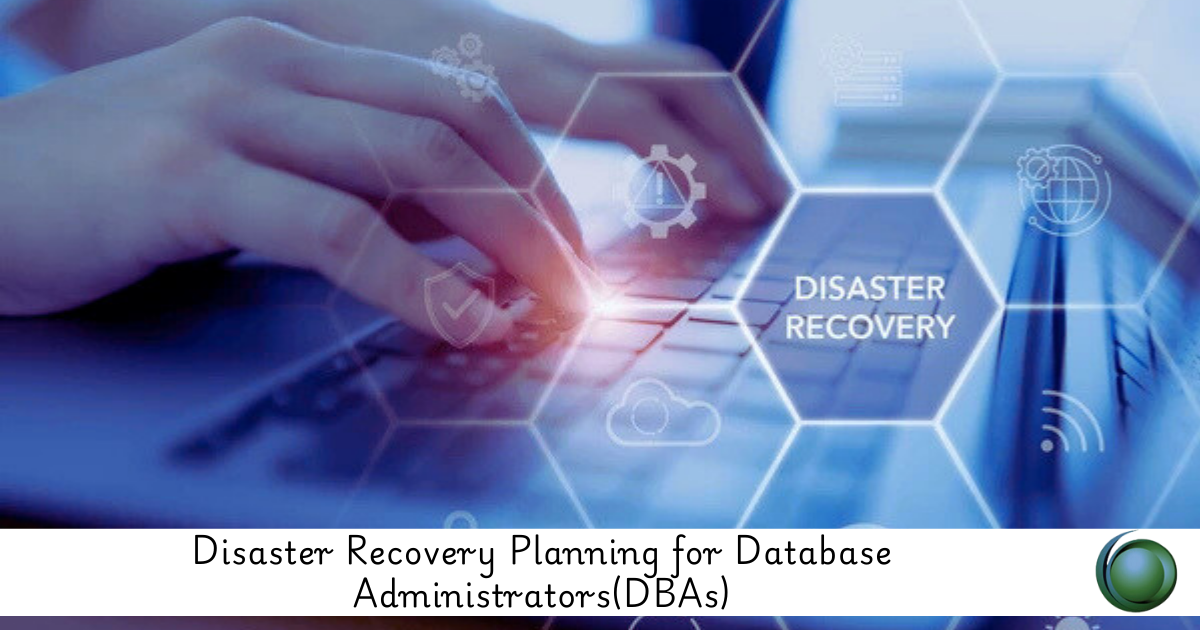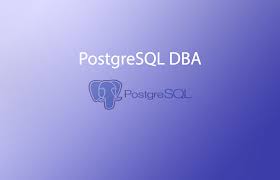Description
Introduction
Disaster recovery (DR) planning is a critical aspect of database administration, ensuring that data can be restored and services can be resumed after an unexpected disruption. This course covers the essential concepts, strategies, and tools for developing effective disaster recovery plans tailored to database environments. By mastering disaster recovery principles, Database Administrators (DBAs) can minimize downtime and data loss, ensuring business continuity in the face of disasters.
Prerequisites of Disaster Recovery planning
- Basic Understanding of Database Management Systems (DBMS)
- Familiarity with Backup and Recovery Techniques
- Knowledge of System Architecture and Networking
Table of Contents
- Introduction to Disaster Recovery
1.1 Understanding Disaster Recovery and Business Continuity
1.2 Importance of Disaster Recovery Planning for DBAs
1.3 Key Concepts: RTO, RPO, and Recovery Strategies - Risk Assessment and Business Impact Analysis
2.1 Identifying Potential Risks and Threats
2.2 Conducting a Business Impact Analysis (BIA)
2.3 Prioritizing Systems and Data for Recovery - Developing a Disaster Recovery Plan
3.1 Defining Scope and Objectives of the DR Plan
3.2 Documenting Procedures and Responsibilities
3.3 Creating an Incident Response Team(Ref: Cloud Database Administrators(DBAs): AWS, Azure, and GCP) - Backup Strategies for Disaster Recovery
4.1 Implementing Regular Backup Procedures
4.2 Choosing the Right Backup Methods (Full, Incremental, Differential)
4.3 Storing Backups: On-Premises vs. Cloud Solutions - Database Recovery Techniques
5.1 Restoring Databases Using Native Tools (e.g., RMAN, SQL Server Recovery)
5.2 Implementing Point-in-Time Recovery
5.3 Using Log Shipping and Replication for High Availability - Testing and Maintaining the Disaster Recovery Plan
6.1 Conducting Regular DR Drills and Simulations
6.2 Evaluating the Effectiveness of the DR Plan
6.3 Updating the Plan Based on Changes in Infrastructure - Documenting and Communicating the DR Plan
7.1 Creating Comprehensive DR Documentation
7.2 Training Staff on DR Procedures
7.3 Ensuring Clear Communication During a Disaster - Legal and Compliance Considerations
8.1 Understanding Regulatory Requirements for Data Protection
8.2 Ensuring Compliance with Industry Standards
8.3 Evaluating Third-Party Vendors for Compliance - Challenges and Best Practices in Disaster Recovery
9.1 Common Challenges in Implementing DR Plans
9.2 Best Practices for Effective Disaster Recovery
9.3 Learning from Real-World Disaster Recovery Cases - Future Trends in Disaster Recovery
10.1 Exploring Automation in Disaster Recovery
10.2 The Role of Cloud-Based Disaster Recovery Solutions
10.3 Emerging Technologies in Data Protection and Recovery
Conclusion
This course equips Database Administrators (DBAs) with the essential skills and knowledge to develop and implement effective disaster recovery plans. By understanding the principles of disaster recovery planning and the importance of regular testing and maintenance, you can ensure that your database systems are resilient and capable of recovering from unexpected disruptions. Emphasizing practical strategies and real-world applications, this course prepares you to safeguard data and maintain business continuity in any situation.
If you are looking for customized info, Please contact us here







Reviews
There are no reviews yet.